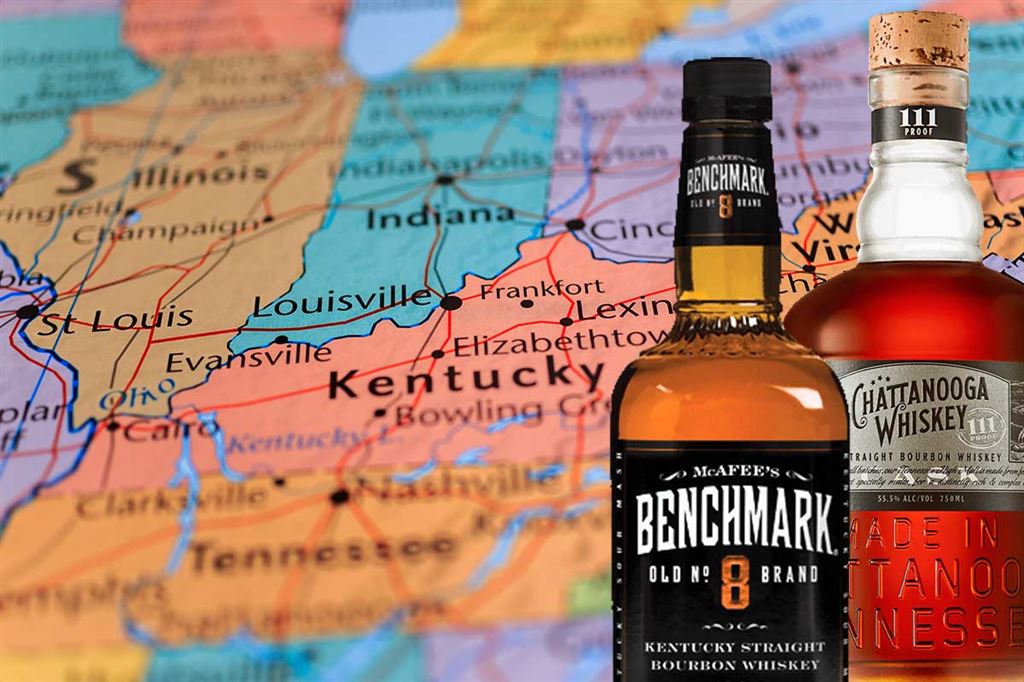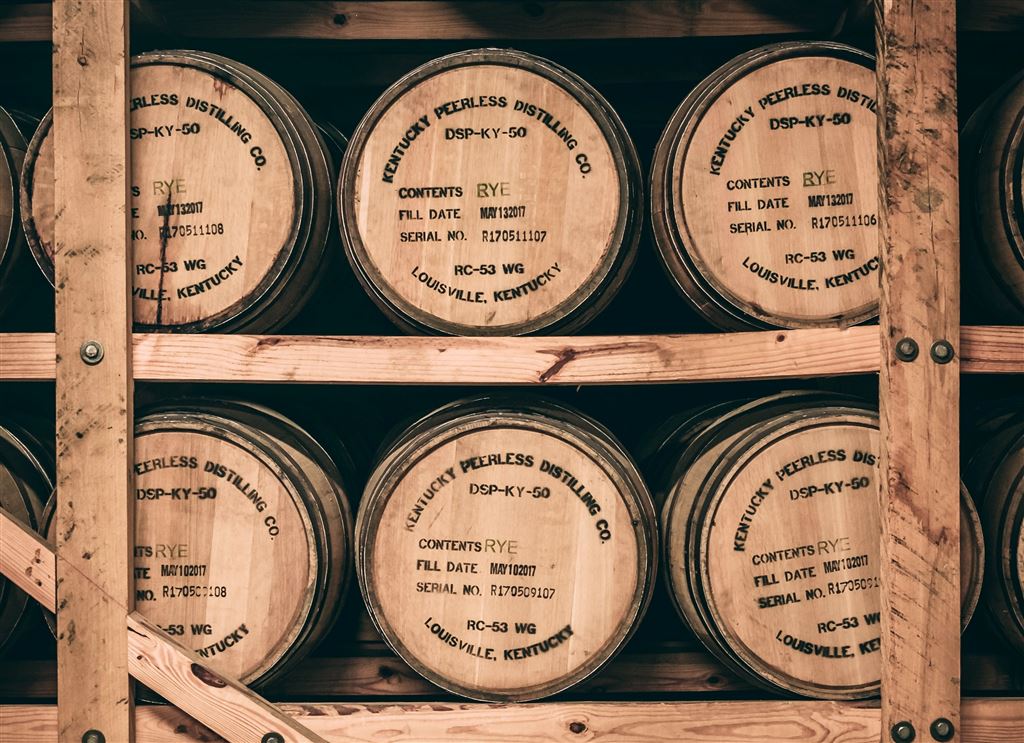Some may claim that "Kentucky Bourbon is the one and only Bourbon" and that one cannot truly create Bourbon outside of Kentucky because of Kentucky's unique mixture of barrels and the limestone-fed springs that supply water used in creating their Bourbon. So, does Bourbon have to be made in Kentucky? Well, given that 5 percent of the world's supply of Bourbon is produced beyond the southern State of Kentucky, the answer is "no," Bourbon can be legally produced in other states?

What is Bourbon and How is it Produced?
To begin with, every Bourbon is whiskey. However, not every whiskey is Bourbon. Whiskey gets produced all over the globe. Bourbon, on the other hand, was born and raised in America. As a result, Congress designated this distinguishing spirit as a ‘unique product of the U.S.’ in 1964. With tight rules and specifications governing the manufacturing of the ‘America's Native Spirit,’ no ol' whiskey (domestic or foreign) may lay claim to the appellation ‘Bourbon.’
To make Bourbon appropriately, the dry grain blend must contain at least 51 percent corn, as well as other grains such as wheat and rye. Because corn is a tasty grain, many distillers utilize 65 to 70 percent corn. The more maize there is in the whiskey, the tastier it is. The grains are next ground, resulting in a more refined mixture that you can blend with fresh spring water. One of the reasons so much Bourbon is produced in Kentucky is because of their water. The water passes through the limestone, absorbing calcium and eliminating iron. Quality water necessitates quality Bourbon.
The water and grain solution is then pressure boiled to generate the ‘mash’ for fermentation. After the mash is cooled, malted barley is introduced, which allows the starches to be converted into sugars. This combination is then transferred to a fermenter, where yeast is introduced. As the yeast eats on the mash's sugars, alcohol and carbon dioxide are formed, whereas heat is generated.
Following 3-4 days, the yeast dies. The mash has transformed into a weak alcohol content ‘distiller's beer’ or ‘wash.’ The liquid is subsequently distilled, yielding a transparent spirit containing 65 to 80 percent alcohol, also known as unaged whiskey. This whiskey is transferred into spanking new, burnt white oak barrels and then aged for two or more years in a storehouse.
Why is Kentucky Associated with Bourbon?

In the state of Kentucky, there are already over 20 active Bourbon distilleries producing more than 200 of the globe’s most reputable brands. This results in a 95 percent contribution to the Bourbon business. Why is this so?
- The ease with which maize can be grown. Because of Kentucky's fertile land, corn is the state's primary grain.
- Due to the high demand for fresh spring water, which is suitable for the manufacturing of Bourbon, several distilleries have been established close to springs. Kentucky is built atop a vast limestone layer, which washes out iron and other undesirable minerals while accumulating tasty magnesium and calcium. This not only enables but also promotes distilleries to utilize local water supplies.
- From freezing winters to scorching summers, the state's huge temperature variation permits the charred oak barrels to collect and liberate the Bourbon during the maturing process. These conditions impact the spirit's characteristic flavor and color.
- Even though the whiskey's title genesis has yet to be verified, Bourbon County, Kentucky is an actual place.
Kentucky is understandably proud of its Bourbon heritage. Who else (if anybody) dares to enter a business dominated by the bluegrass state? Wigle organic Pennsylvania Bourbon, Balcones Texas Blue Corn Bourbon, Kings County Peated Bourbon from New York, and so on! Bourbon is produced throughout the United States. Perhaps even better, these new distilleries are getting lots of excellent reviews.
Marianne Eaves, known as ‘Kentucky's Initial Female Bourbon Master Distiller after Prohibition,’ was recently hired as Master Blender for Sweetens Cove, a contemporary Tennessee brand. Marianne's ‘careful and thorough blending procedure’ began with 100 special barrels of 13-year-old Tennessee whiskey. Many have got intrigued by hints of ‘vanilla and caramel smells and sweet, oak, and spicy with a lingering smoky aftertaste. Launched on May 26, 2020, the super Tennessee Bourbon is currently available.
As new distilleries spring up across the country, the Bourbon business has shown its worth. With escalating anticipation from experienced Bourbon distillers, lovers, and beginners alike, the desire for this classic brand is increasing at an exponential rate. And, regardless of whether people like it or not, it is expanding past the Mason Dixon line.